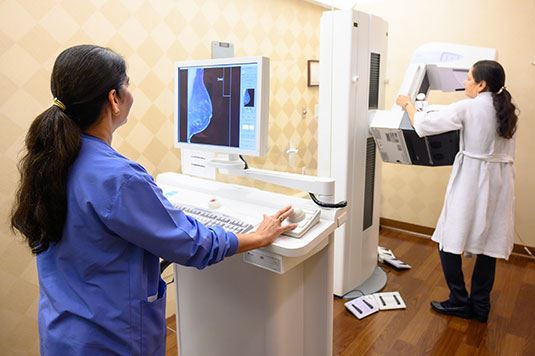
Open Accessibility Menu
Hide
dfh
Close Alert
Close Alert
Posted: October 2019

Since 2013, the Washington Women’s Center has included a breast cancer risk assessment as part of its standard mammography screening. This assessment, based on the Gail Model, uses the statistical analysis of invasive breast cancer within various populations to determine an individual’s risk over a set period of time.
Developed more than two decades ago by the NCI Division of Cancer Epidemiology and Genetics, the Gail Model Breast Cancer Risk Assessment Tool has since helped millions of women understand their unique breast cancer risk using biodata, such as:
If you would like to take the Breast Cancer Risk Assessment Tool provided by the National Cancer Institute, click here.
The following studies were used in developing this statistical model and assessment tool:
While this tool has shown to provide accurate estimates of breast cancer risk in white women, it may underestimate risk among black/African American women with previous biopsies, as well as non-native Hispanic women. Researchers are actively collecting data in these subgroups to improve results.
To learn more about the Washington Women's Center, click here. To contact a Washington Hospital Nurse Navigator, call 510.818.7536.
Posted October, 2019